
Introduction
Sewing patterns are essential tools for anyone interested in sewing their own clothing or creating unique items
with fabric. They provide a blueprint for cutting and stitching the pieces together, ensuring the desired
shape and fit. Understanding different components of sewing patterns is crucial to successfully complete
a project. Let’s dive deeper into the key elements of sewing patterns.
Pattern Envelope
The pattern envelope contains important information about the pattern, including the image of the finished
garment, the size range, required fabric type and yardage, and other essential notions or trims needed
for completion. It also highlights the difficulty level allowing beginners to choose patterns suitable
for their skill level.

Pattern Pieces
Patterns consist of several paper pieces that need to be cut out and traced onto the fabric. Each piece represents
a specific section of the garment, such as the front and back bodice, sleeves, collar, or pockets. They
often contain markings indicating darts, notches, grain lines, and seam allowances, which are critical
for an accurate and successful sewing project.

Instructions
The pattern instructions guide you step-by-step through the sewing process. They provide details on necessary
techniques, such as cutting the fabric, transferring markings, sewing seams, attaching zippers or buttons,
and finishing touches. It is crucial to thoroughly read and understand the instructions before starting
to ensure your project turns out as expected.
Notions and Fabric
Notions refer to the additional items required to complete the garment, such as zippers, buttons, interfacing,
and thread. The pattern envelope lists these notions, helping you gather everything needed in advance.
The fabric choice is also essential, as different patterns require specific fabrics for optimal results.
Patterns may recommend using woven cotton, linen, stretch knit, or other suitable materials.

Fitting and Alterations
Sewing patterns come in various sizes, but it is essential to remember that they often need adjustments for
a perfect fit. Each person’s body is unique, and patterns are drafted based on standardized measurements.
Understanding basic fitting techniques and making adjustments, such as lengthening or shortening a hemline,
altering a sleeve width, or adjusting a neckline, can elevate your sewing projects to a whole new level.
Conclusion
Mastering the art of sewing patterns unlocks endless possibilities for creating personalized garments and
unique items. By understanding the elements mentioned above, you are well-equipped to take on sewing projects
with confidence. Browse through various patterns, experiment with different fabrics, and let your creativity
soar!
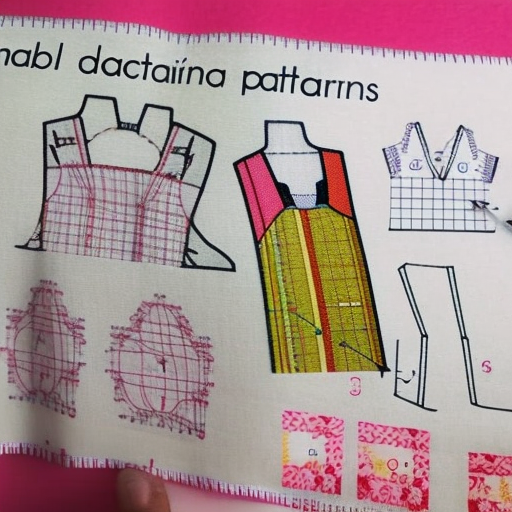
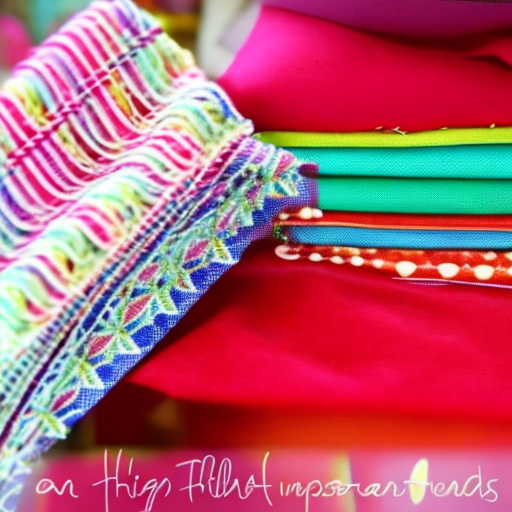
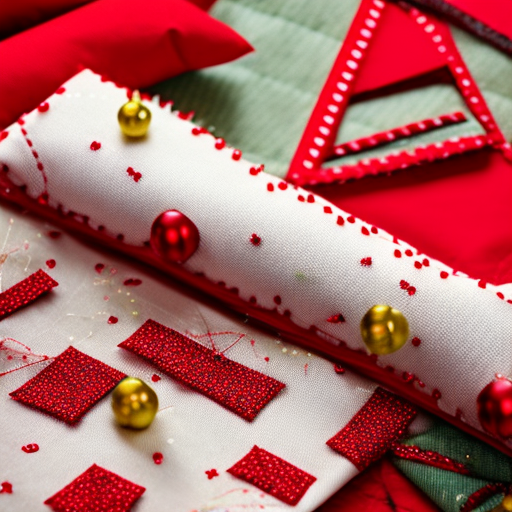
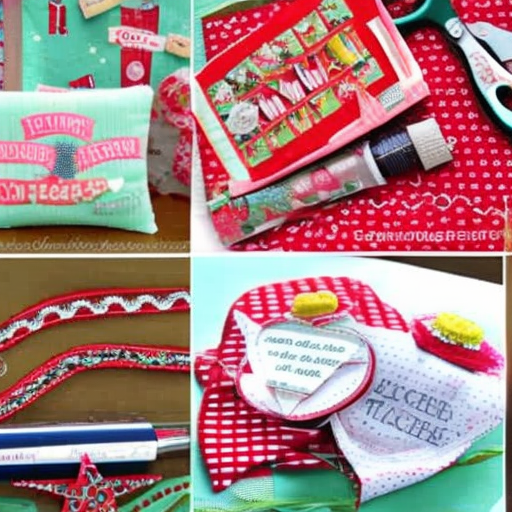
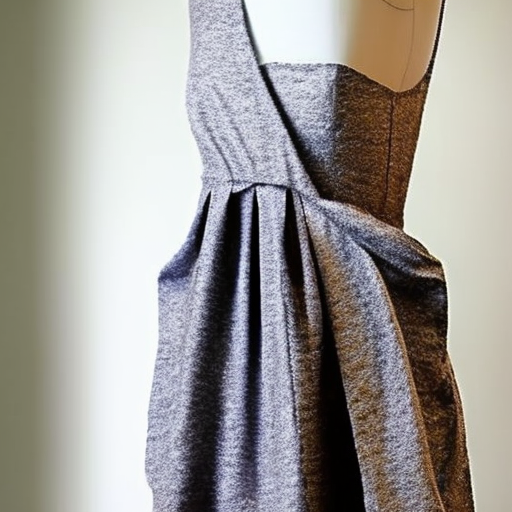
Great article! Very comprehensive! #SewingPatterns
Gwen Walker: This is a great resource for all kinds of projects. #SewLove
This is such an insightful and helpful article! It’s great to have a comprehensive guide to different sewing patterns and their uses. #SewingSuccess
A must-read for all sewers, regardless of skill level! #SewingKnowledge